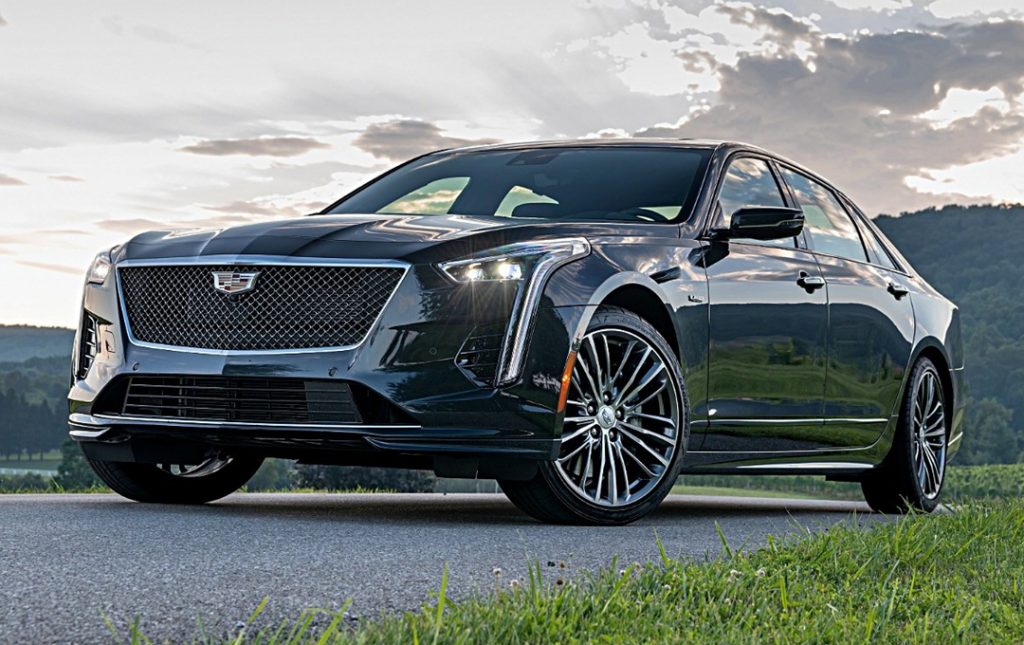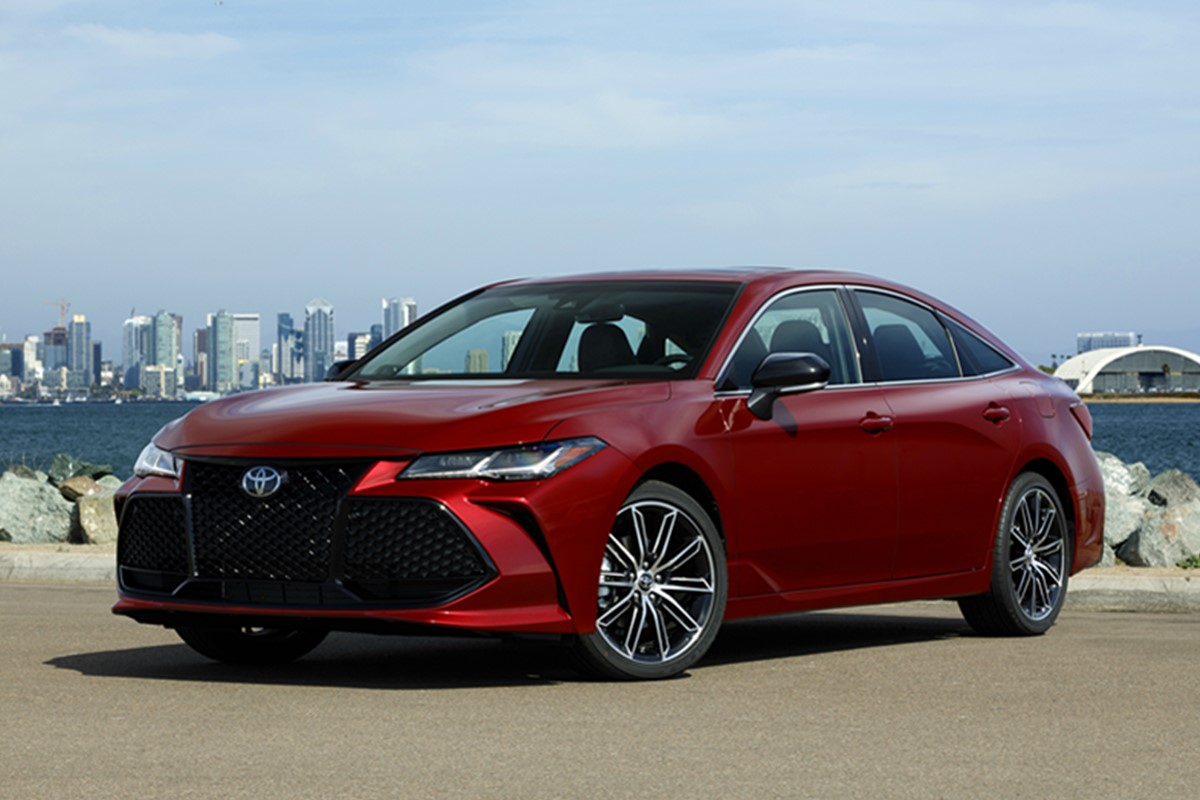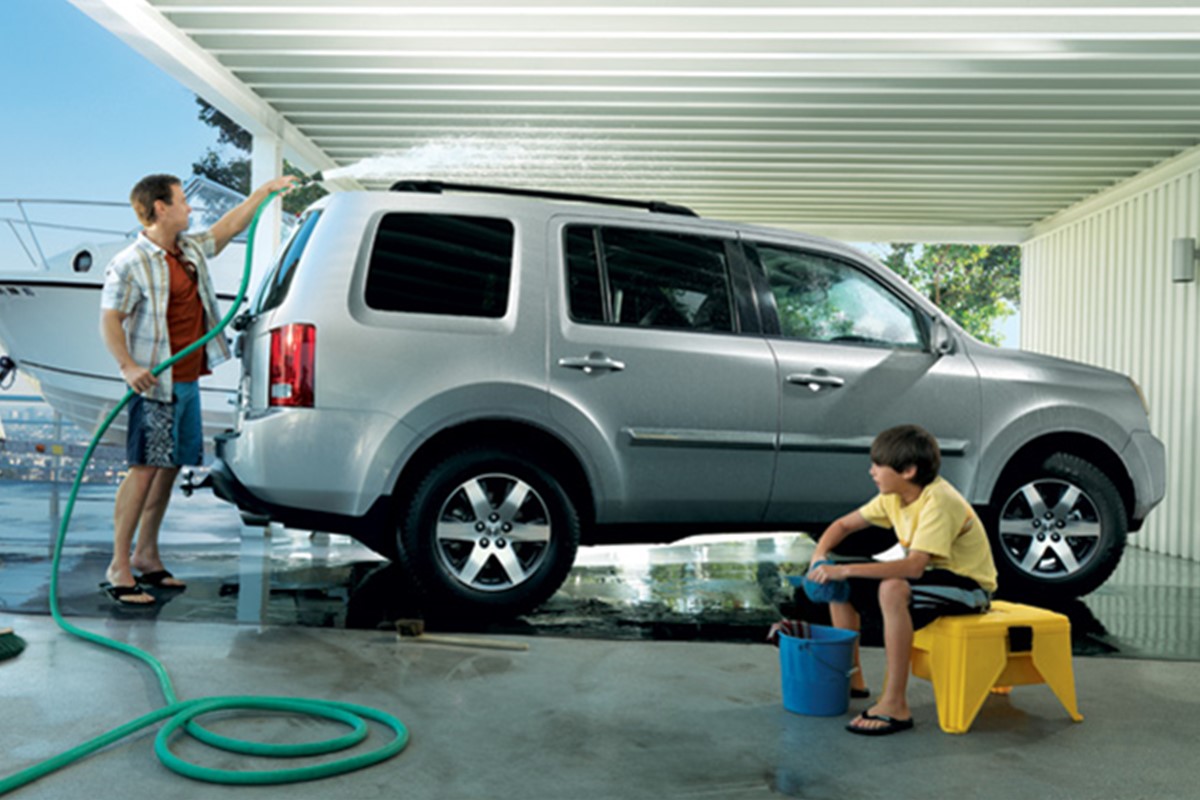All You Need To Know About New Car Ranking
flexoffers
New car ranking is a method of comparing the performance and value of new cars. The term “new” refers to a vehicle that has been released for sale by its manufacturer within the last 12 months, while “used” means a vehicle that has been previously sold or leased. New car rankings are generally based on data from Consumer Reports magazine’s annual survey of owners’ satisfaction with their vehicles.
In addition to surveys, some manufacturers provide information about their models in print advertisements, television commercials, and online.
The most common measure of a new car’s quality is reliability. Reliability can be measured using two different methods: 1) the number of failures per 100,000 miles driven; 2) the average time between repairs. A higher failure rate indicates lower reliability. Some manufacturers also report how often they have had problems with specific components, such as air conditioners, power windows, and radios. Other measures include fuel economy, safety ratings, interior comfort, exterior styling, and overall value.
For example, if you’re looking at a used car, you might want to know whether it has a good resale value, which compares the prices of similar used cars. Or you could search online for reviews of particular models.

Consumer Reports publishes an annual reliability rating for each model year based on the number of reported failures divided by the total number of miles driven during the previous calendar year. This figure represents the percentage of all vehicles tested that failed over one full year. If there were no failures, the reliability would be 100%.
However, because many people don’t drive their cars as much as others, this figure may not accurately reflect the actual trustworthiness of a given model.
In addition to calculating the percentage of vehicles that failed,
Consumer Reports computes an average repair cost for each car. It does so by dividing the total amount spent on repairs by the total number of vehicles repaired. Repair costs include labor plus parts and materials. When determining the average repair cost, Consumer Reports uses the same formula as when calculating the percentage of failed vehicles.
That is, it divides the total amount spent on repairs by the total number of vehicles repaired. But unlike the calculation of the percentage of cars that failed, Consumer Reports excludes any charges for diagnostic tests.






